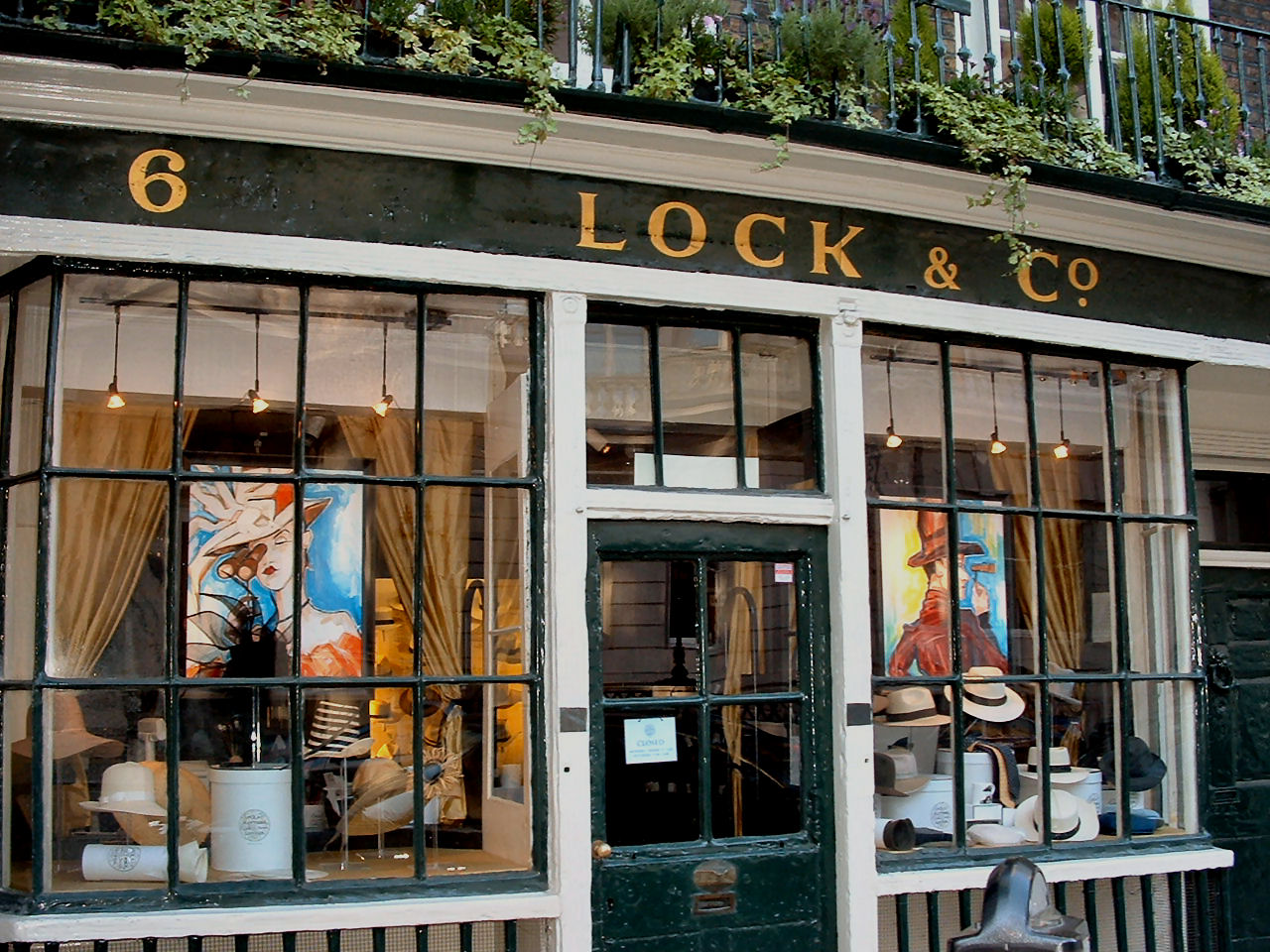Following Nelsonís Footsteps Part 3
Nelsonís Mistress - Lady Hamilton
Amy Lyon (later changing her forename to Emma) was born 26th April 1765 in Ness, Cheshire, the daughter of a blacksmith, Henry Lyon, who died when Emma was two months old. She was brought up by her mother, formerly Mary Kidd, with no formal education.
Emma worked for the Budd family in Chatham Place, Blackfriars, which stood on the site now occupied by Blackfriars Station. There she worked with a maid called Jane Powell, who wanted to be an actress. Emma joined in with Jane's rehearsals for various tragic roles. After this short stay in Blackfriars, Emma went back to her mother, who was living near Oxford Street. Inspired by Jane's enthusiasm for the theatre, Emma started work at the Drury Lane Theatre in Covent Garden, as a maid to various actresses, among them Mary Robinson.
Emma next worked as a model and a dancer at the "Goddess of Health" (also known as the "Temple of Health") for James Graham, a Scottish "quack" doctor. The establishment which was based in the Strand and was famous for its bed through which electricity was passed, giving paying patrons mild shocks. This supposedly aided conception and many infertile couples paid high prices to try it.
Still only fifteen years old, Emma met Sir Harry Featherstonhaugh, who hired her for several months as hostess and entertainer at a lengthy stag party at Sir Harry's Uppark country estate in the South Downs. Emma soon formed a friendship with one of the guests, the dull but sincere Honourable Charles Francis Greville (1749Ė1809), second son of the first Earl of Warwick and a member of Parliament for Warwick. It was about this time (late June-early July 1781) that she conceived a child by Sir Harry.
Sir Harry was furious at the unwanted pregnancy but is thought to have accommodated Emma in one of his many houses in London. Emma gave up on Sir Harry: probably at this time, she had formed a romantic attachment to Greville. He was closer to her in age, and she might have believed that he was able to marry her. Emma became Greville's mistress. When the child (Emma Carew) was born, she was removed to be raised by a Mr and Mrs Blackburn.
Emma was at Greville's mercy and acceded to his request to change her name to "Emma Hart". Greville kept Emma in a house at Edgware Road, but he was in love with her and, wanting a painting of her, sent her to sit for his friend, the painter George Romney. Romney maintained a lifelong obsession with her, sketching her nude and clothed in many poses that he used in the paintings he made in her absence.
In 1783, Greville needed to find a rich wife to replenish his finances (in the form of eighteen-year-old heiress Henrietta Middleton). To be rid of Emma, Greville persuaded his uncle, Sir William Hamilton, British Envoy to Naples, to take her off his hands. Greville's marriage would be useful to Sir William, as it relieved him of having Greville as a poor relation. To promote his plan, Greville suggested to Sir William that Emma would make a very pleasing mistress, assuring him that, once married to Henrietta Middleton, he would come and fetch Emma back. Emma's famous beauty was by then well-known to Sir William, so much so that he even agreed to pay the expenses for her journey to ensure her speedy arrival.
Sir William was smitten with Emma and, to Greville's shock, married her on 6 September 1791 at Saint Mary-le-bone church, London; she was twenty-six and he was sixty. Marriage gave her the title of Lady Hamilton. It is interesting to note that despite all her name changes during her early life when she married she used her birth name of Amy Lyons.
As the wife of the British Envoy in Naples, Emma welcomed Nelson in 1793, when he came to gather reinforcements against the French. Nelson returned to Naples five years later, on 22 September 1798, a living legend, after his victory at the Battle of the Nile. However, Nelson's adventures had prematurely aged him: blind in one eye, he had lost an arm and most of his teeth and was afflicted by coughing spells. Emma reportedly flung herself upon him in admiration, calling out, "Oh God, is it possible" as she fainted against him. Nelson wrote effusively of Emma to his increasingly estranged wife, Lady Fanny Nelson. Emma and Sir William escorted Nelson to their home - the Palazzo Sessa.
Emma nursed Nelson under her husband's roof and arranged a party with 1,800 guests to celebrate Nelsonís 40th birthday. They soon fell in love and their affair seems to have been tolerated, and perhaps even encouraged, by the elderly Sir William, who showed nothing but admiration and respect for Nelson, and vice-versa. Emma Hamilton and Horatio Nelson were by now the two most famous Britons in the world. They were not only in love with each other but admired each other to the point of adulation. They were, so to speak, also in love with both their own fame, and that of their lovers.
Nelsonís marriage was suffering as his relationship was becoming common knowledge. Eventually his wife Fanny, issued an ultimatum, to choose between her and Lady Hamilton. Nelson replied to her:
ďI love you sincerely but I cannot forget my obligations to Lady Hamilton or speak of her otherwise than with affection and admiration.Ē This spelt the end of the marriage, Nelson and his wife never lived together again.
Emma gave birth to Nelson's daughter Horatia, on either the 29 or 30 January 1801 at Sir William's rented home at, 23 Piccadilly, London. The child was given up to be nursed by a Mrs Gibson residing on Little Titchfield Street. Nelson had invented the fiction of a Mr and Mrs Thomson, a seaman serving under Nelson, to be named as the child's father. Nelson saw his daughter for the first time on his visit to London on the 24 February 1801. Nelson and Lady Hamilton became the child's Godparents at the christening in the parish church of Marylebone.
Merton Place
By the autumn of the same year, Nelson bought Merton Place, a small ramshackle house on the outskirts of modern day Wimbledon. There he lived openly with Emma, Sir William, and Emma's mother, this fascinated the public. Merton possessed two inns, overlooking the river Wandel. The post carrier, whose cottage stood at the side of Lord Nelsonís orchard, collected and delivered post at the ďSix Bells.Ē The other inn TheďKings Head,Ē dating from the days of Edward VI, was the place from which the daily service of coaches to London ran.
The newspapers reported on their every move, looking for Emma to set fashions in dress, home decorations and even dinner party menus.
The following year Nelsonís father Edmond died in April 1802. Nelson did not attend the funeral at Burnham Thorpe for fear of meeting his wife, but everyone at Merton went into deep mourning.
Sir William died in 1803 and Nelson returned to sea soon after to fight in the Napoleonic Wars, leaving Emma pregnant with their second child. She was desperately lonely, preoccupied with attempting to turn Merton Place into the grand home Nelson desired, and frantic for his return. The child, a girl, died a few weeks after her birth in early 1804. Emma reportedly distracted herself by gambling, and spending lavishly. Now she was free to marry Nelson, if he could only obtain a divorce.
Hats off to Nelson

The first time Nelson walked into Messers J Lock & Co at 6 St Jamesís Street was on Tuesday 11th November 1800. After meeting with James Lock he discussed the type of hat he wanted. Mr Lock then measured round Nelsonís head to ascertain his hat size. This was noted in the ledger 7⅛ Full, (the term full was to indicate a generous 7⅛ or a small 7ľ) whereby he placed an order for a Cocked Hat with Cockade. The hat was to be made of the finest beaver fur and the cockade and loop from Navy-Blue silk. Mr Lock would have then asked if he wished to have any other embellishments, such as a gold banding, gold lacing, or gold loop to hold the cockade. Nelson declined. An account was opened for Nelson with the account reference of G9563. Before the order was dispatched Mr Lock placed a patch on the inner lining of the hat to show that the ďhat dutyĒ had been paid (William Pitt introduced this tax in 1783). Finally, this order was delivered to Nerotís Hotel wish stood on the corner of St Jamesís Street and King Street.
Nelson became a regular client of J Lock & Co and with his next order, he placed on 11 February 1803 he ordered the first, of what were to become his unique and distinguished hats with green eye-shades. Nelson for some time suffered from bouts of inflammation in both eyes, the right eye being blind and the left (the good eye) covered by a thin layer of membrane. Nelson asked Mr Lock if he could make him a ďCocked Hat with a Green Shade attached. One of the hats with the eye-shade made by Locks still exists and can be seen on the effigy of Nelson in Westminster Abbey Museum.
All in all the Lock account book for G9563 showed that Nelson bought seventeen hats from their shop in St Jamesís Street. On the morning of Friday 13th of September 1805, Nelson walked into Locks for the final time to settle his account of Eleven pounds, nineteen shillings and sixpence, including the balance of the outstanding accounts from 1803. He then travelled to his country house at Merton, and then to Portsmouth. He sailed in his 100 gun Flagship HMS Victory to the Mediterranean and his death at the Battle of Trafalgar on 21 October 1805. Nelson wore one of the hats made by Lockís during the Battle of Trafalgar.
London Time

Follow Us
The contents of this website are the property of knowledgeoflondon.com and therefore must not be reproduced without permission. Every effort is made to ensure the details contained on this website are correct, however, we cannot accept responsibility for errors and omissions.
© Copyright 2004 -
Contact Us | Advertise